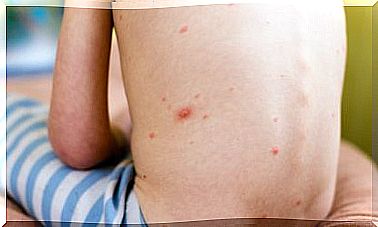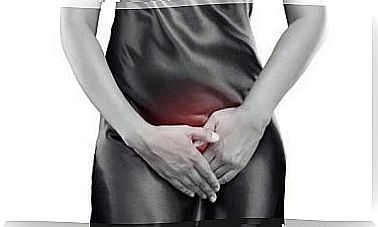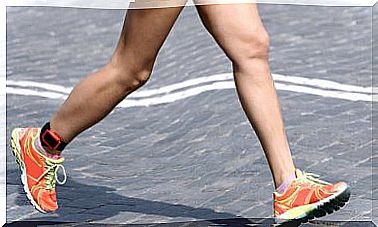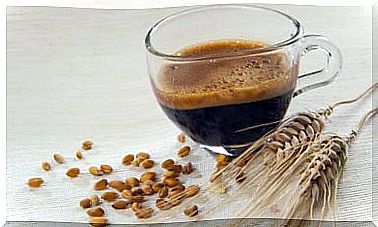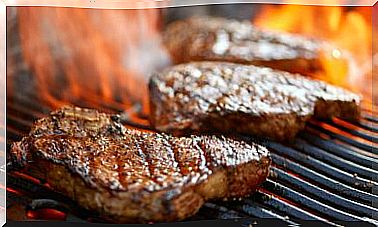What Foods Should A Person With Cirrhosis Eat?
The foods that people with cirrhosis should eat will depend on what stage of the disease they are going through. In any case, considering that it has no cure, it is a priority to set long-term goals, since they must be sustained for months and years.
This pathology is the end result of liver damage that becomes chronic. According to the American College of Gastroenterology , about 5.5 million people in the United States suffer from it, where it causes 26,000 deaths each year.
What is cirrhosis?
Cirrhosis is a chronic condition in which liver cells die in areas, resulting in fibrosis, a kind of scar. Thus, liver tissue is replaced by nodules, which leads to an alteration of the architecture and functionality of the organ.
According to several studies, this pathology has among its main causes the excessive consumption of alcohol. Second, biliary obstruction, chronic hepatitis B or C, and other liver diseases. The etiology is also key to considering a diet, since alcohol addicts cannot ingest the same as other patients, for example.
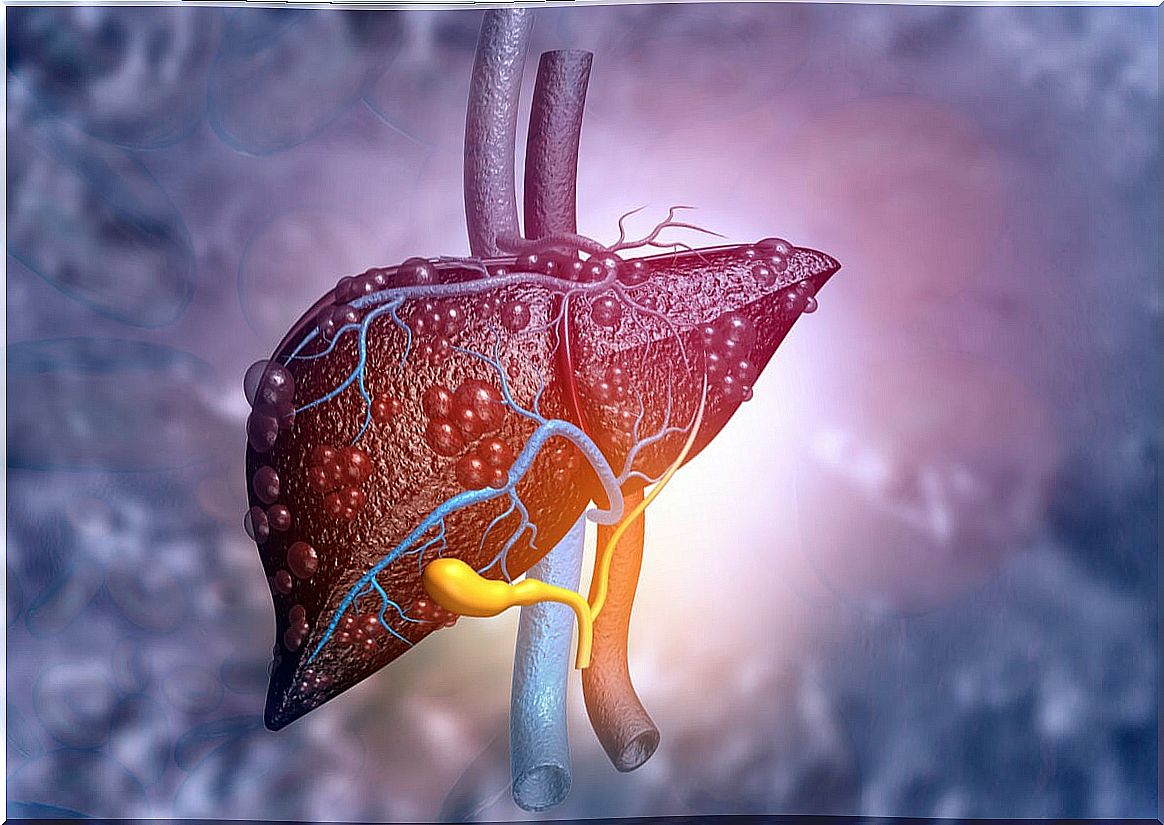
Stages of the disease
There are two basic stages in it. One is the initial one, known as compensated cirrhosis. Then, without treatment or approach, advanced or decompensated occurs , which is when cell destruction is maintained over time. The latter is where the following symptoms appear, so the diet must be rigorous:
- Jaundice: it is the yellowing of the skin and mucous membranes due to the elevation of bilirubin.
- Ascites: accumulation of fluid in the abdomen due to changes in the internal pressure of the blood vessels.
- Encephalopathy: generates mental confusion after the presence of toxic substances in the brain.
- Gastrointestinal bleeding.
Malnutrition prevalence
Malnutrition is a very common sign in these patients. Several studies suggest that up to 25% of compensated cirrhotics and 80% of advanced patients present it. In general, there is loss of muscle mass (greater in men) and fat tissue.
In alcoholics, the path of malnutrition is twofold. On the one hand, there are the deleterious effects of liver disease, but to this we must add the lack of variety in the foods consumed by the bad habits of addiction.
Foods that a person with cirrhosis should eat
In general, cirrhosis is diagnosed when the disease is already advanced, so the main goal at the dietary level is to provide the nutrients the patient needs to avoid deficiencies. At all times it must be considered that people who have this disease should follow a hepaprotective diet.
Thus, the study Nutritional care for patients with liver cirrhosis shows that those who have compensated cirrhosis and are stable, have requirements similar to the normal ones. Therefore, the diet must provide all food groups and be low in fat.
According to the Spanish Association of Digestive Pathology Nursing, the following must be included in it:
- White and red meats, considering low-fat options.
- Fish.
- Eggs.
- Fruits and vegetables.
- Cereals and starches.
- Crude oils and in moderation.
- Vegetables.
- Nuts in limited quantity.
- Seeds.
- Skim dairy.
In the same way, it is necessary to evaluate each particular case. Research in this field indicates that the protein intake must cover from 1 to 1.5 grams per kilogram of weight to avoid deficiencies. Likewise, it is suggested to have 5 meals a day that have little volume.
In addition, alcohol and all toxic substances must be completely eliminated from the diet. In fact, when the cause of this pathology is the abuse of ethanol, its elimination slows the progression and improves the prognosis significantly.
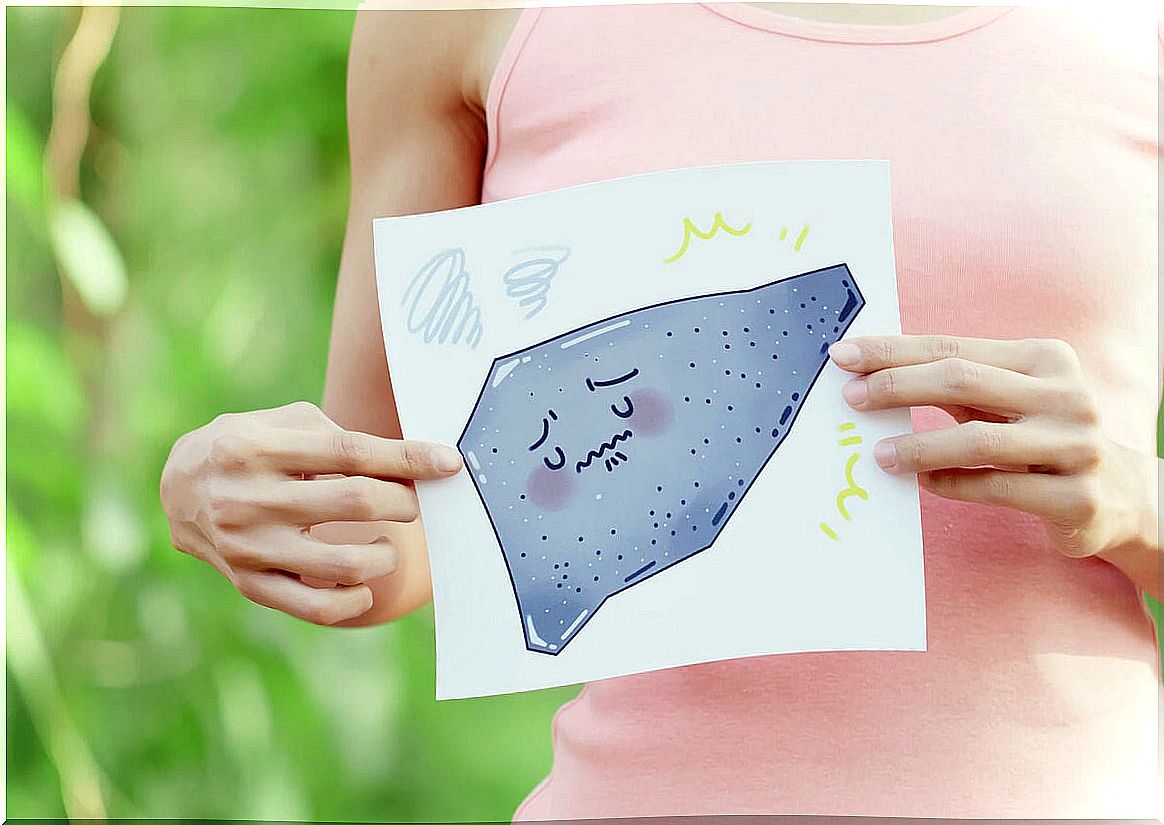
Feeding when there are express symptoms of the disease
It is in the decompensated phase that the aforementioned complications appear. Here, the foods that a person with cirrhosis can eat are reduced. Therefore, the diet must be adapted, according to an article published in the Professional Pharmacy magazine that encourages the following to be considered:
- Limit the intake of fluids to 1.2 liters a day.
- Restrict the intake of sodium, since it favors the accumulation of fluids and aggravates ascites.
- Reduce the consumption of proteins so as not to overload the liver, which is the main tissue in charge of metabolizing them.
Protein restriction can be from 0.5 grams per kilogram of weight in patients with encephalopathy, to gradually increase the value until reaching normal when it disappears. If this measure is taken, no matter how minimal, it is necessary to supplement with branched chain amino acids to avoid further damage.
The introduction of vitamin complexes can also be considered. The additions of vitamins B and K are especially necessary. The first prevents the evolution of neuropathies and the second reduces bleeding episodes due to coagulation failure.
The liver transplant option
In the case of some patients with advanced disease, liver transplantation may be considered as a treatment option. However, it should not be forgotten that there is a high surgical risk and that it does not mean the definitive solution, since the aftercare is intense.
Likewise, those who reach this stage need to take medications to avoid rejection of the new organ throughout life. These drugs have adverse effects, many of them hepatic.
What should we remember about the foods that a person with cirrhosis should eat?
In this stable or unstable instance of cirrhosis, liver activity is deficient, which causes toxic substances to accumulate in the body. Therefore, you must be strict at all times with food, to avoid complications.
The ideal is to carry out controls with a medical and nutritional professional to evaluate the general condition and indicate the diet to follow. Likewise, the use of drugs will be necessary, since the complexity of the disorder does not support a single approach.
